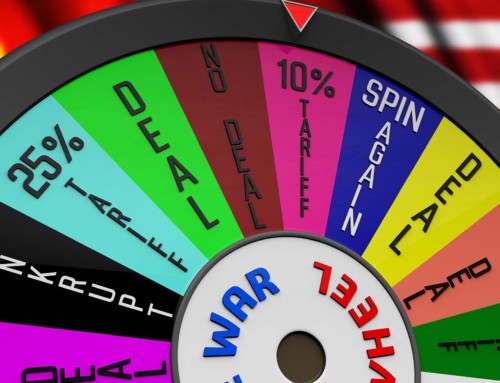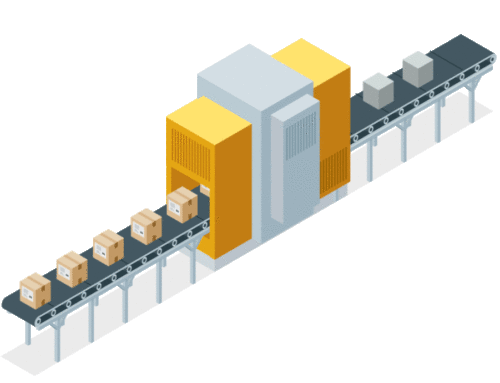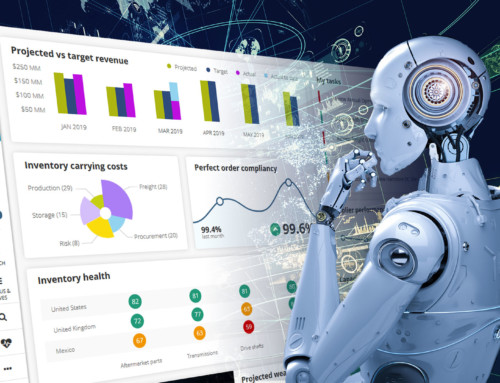Barcodes : one of the fundamental axes of your products traceability.

Introduction
Bar codes, simple at first sight, have become omnipresent in our daily lives. These series of parallel black lines, often accompanied by numbers, are found on almost every product we consume. However, their importance goes far beyond their apparent simplicity. In fact, barcodes are the universal language of modern commerce, playing a crucial role in supply chain management, product traceability and informed decision-making.
In a world where efficiency, speed and accuracy are essential, mastering barcodes is a must-have skill. But why is this so important? This article explores the importance of barcodes in the supply chain, their many applications, and how their effective management can transform a company’s logistics operations.
The history and evolution of barcodes
Before exploring the practical applications of barcodes, it is important to understand their origin and evolution. Barcodes were invented in 1952 by Norman Joseph Woodland and Bernard Silver, who patented a technology that would transform retail trade. Their first version, a ‘linear barcode’ system, was primitive by today’s standards, but it established the basis for something that would later become an essential tool for global trading. The first barcodes were adopted in U.S. supermarkets in the 1970s, with the first commercial scanning of a barcode on a package of Wrigley’s chewing gum in 1974. Since then, barcodes have evolved to include more sophisticated variants like QR (Quick Response) codes, which can hold much more information and be read from different angles.
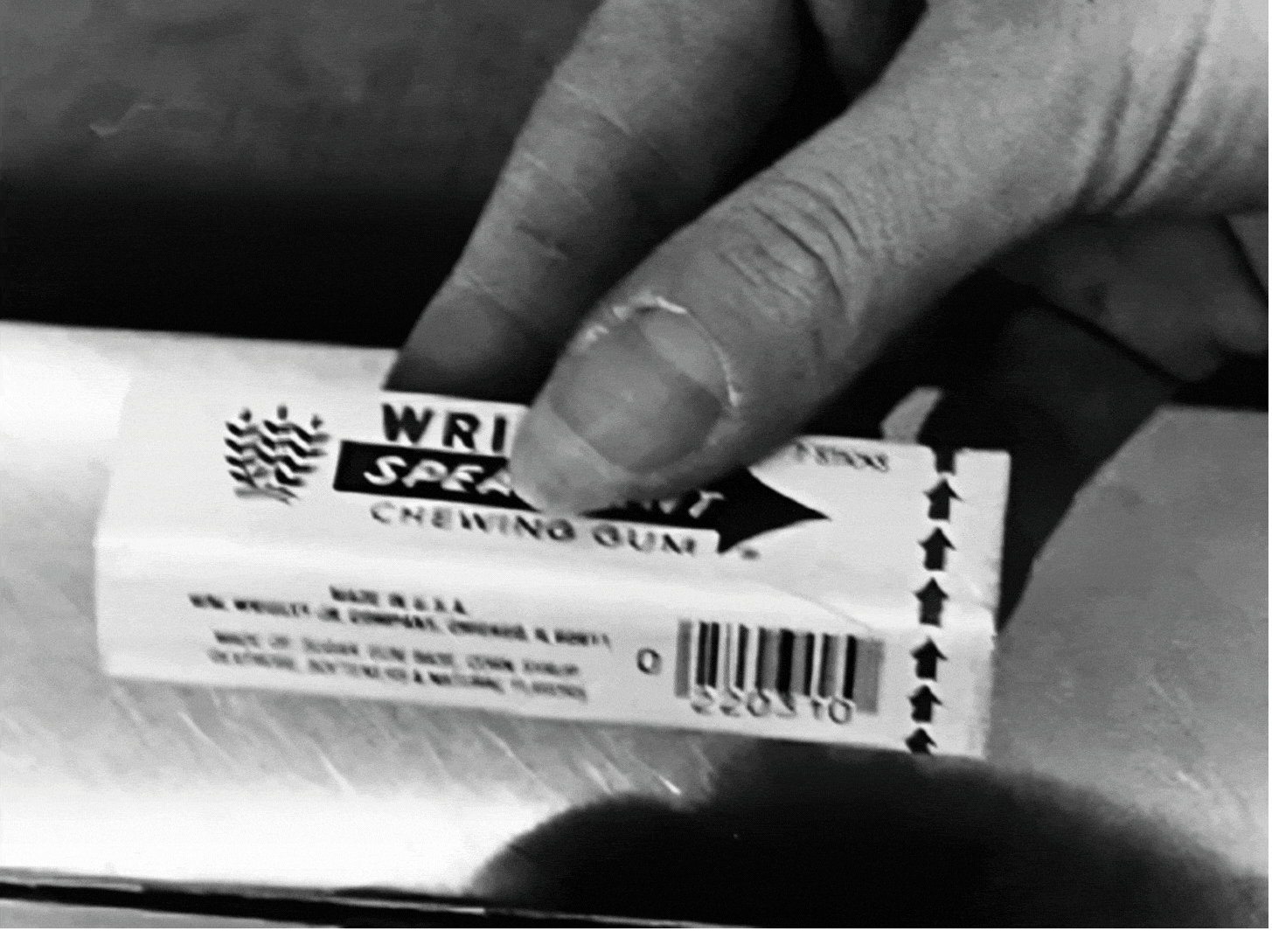
Optimization of flows in the supply chain
Fluidity of physical and logistical flows
Barcodes simplify the supply chain. Companies can automate tasks, reducing human error and speeding up operations. In a warehouse, a barcode-based inventory management system enables products to be located quickly, picking routes to be optimized and order processing times to be reduced.
Barcodes can improve the management of goods flows. Equipped companies can record the movement of products at every stage of the supply chain, from the receipt of raw materials to the shipment of finished products. This helps to better manage inventory, analyze it in real-time, and maintain correct inventory levels to avoid storage errors and stock-outs.
Facilitating data flows and systems integration
In addition to physical flows, barcodes also facilitate data flows within an organization. The use of standardized barcodes allows different IT systems (such as ERP, WMS, and TMS) to communicate effectively with each other, ensuring seamless data integration. For example, when the scanner reads a barcode on a product, it is automatically transmitted to the central system, which can update stock levels, trigger replenishments, or generate invoices.
By integrating systems, you can react quickly to changes in demand, adjust stocks in real time and make more accurate decisions using precise data. Barcodes reduce the risk of data entry errors by eliminating manual processes, improving the accuracy of information used to plan and manage resources.
Reduced information exchange between stakeholders
Barcodes also facilitate communication between the various partners in the supply chain, whether suppliers, storage providers, carriers or customers. All the necessary product information, such as order number, quantity and origin, can be provided by simply scanning the barcode when goods are received, without the need to communicate this information manually.
Clearly, automated communication saves time and reduces the costs associated with incorrect manual entries. Companies can also maintain complete transparency throughout the supply chain, which is essential for building trusting relationships with trading partners.
Traceability: a major challenge for quality and safety
The importance of the unique identifier
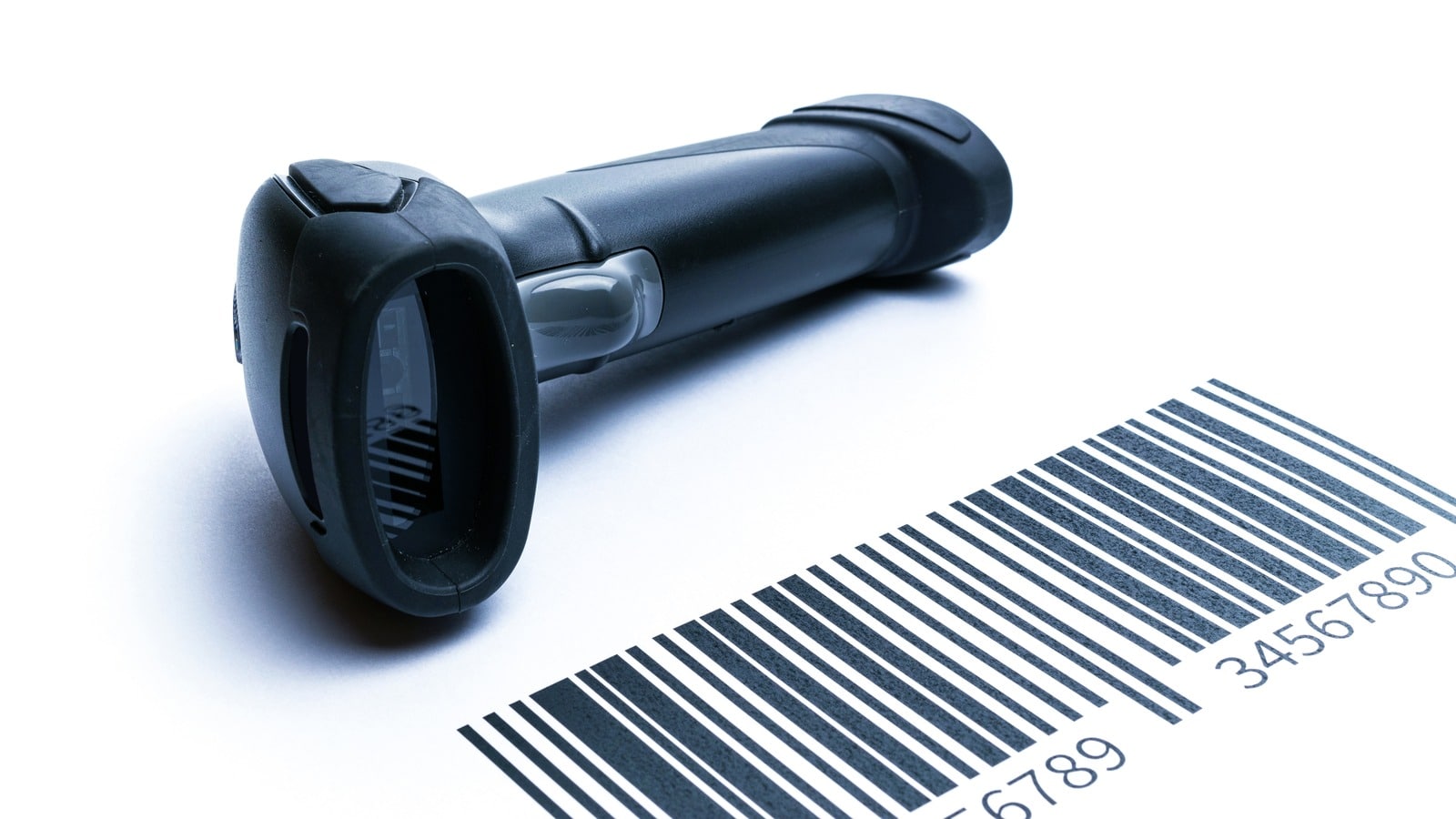
Each barcode is unique, which makes it possible to accurately identify a product or a batch of products. This uniqueness plays a crucial role in the traceability of the supply chain. In the pharmaceutical industry, where patient safety is a priority, a unique barcode makes it possible to quickly trace a product back to its source in the event of contamination.
Series-produced products can also be grouped under the same batch number thanks to barcode systems. In the event of a problem, it is a question of recalling only the batches concerned, which reduces expenses and disruptions to the company.
Real-time tracking of stock movements
Another important advantage of barcodes is their ability to track stock movements in real time. By scanning barcodes at every stage of the supply chain, companies can determine exactly where each product is at any given time. This is extremely useful for companies that manage large stocks or operate in constantly changing environments.
Real-time tracking also enables anomalies, such as stock discrepancies or delays in the supply chain, to be detected quickly, enabling companies to react swiftly to remedy the problem. What’s more, this increased visibility enables stock levels to be optimised, ensuring that products are available in the right quantities at the right time, while preventing excess stock from tying up your capital.
Key information contained in barcodes
Barcodes can help manage the supply chain. They may have information such as the date of manufacture, the origin of the product, the batch number, the expiry date and instructions for storing or handling.
This information is useful for businesses that sell dangerous foods or drugs, such as food or drugs. By scanning a barcode, a stock manager can know if a product is close to its expiration date.
Traceability from the consumer or from the supplier
This dual reliability is essential in supply chain risk management. Trace-down allows for the rapid identification of all points of sale where the product has been distributed in the event of food contamination, while forward-tracking allows for tracing back to the responsible supplier. It is possible to reduce the impact of a crisis while taking preventive measures to prevent the problem from happening again.
Don’t let the challenges of traceability and barcode management turn your brain into a nervous mess! Contact us today to set up and optimize your barcodes or implement a complete traceability solution for your Supply Chain !
Regulatory compliance: an imperative in certain industries
Pharmaceutical sector
Regulatory compliance in terms of traceability is particularly strict in the pharmaceutical sector. It is important to track medicines throughout the supply chain to guarantee their authenticity and safety. Barcodes play a crucial role in this process, enabling precise identification of each batch of medicines, from production to distribution. Standards require the use of barcodes to guarantee that each box of medicines is authentic and has not been tampered with. This is essential in the fight against counterfeiting, a major problem in the pharmaceutical industry with significant repercussions for public health.

Food sector
In the food industry, traceability is also a major issue, both for consumer safety and regulatory compliance. Food scandals in recent decades, such as the mad cow crisis or listeriosis epidemics, have highlighted the importance of being able to quickly trace the origin of a product in the event of a problem.
Barcodes allow companies to quickly respond to regulatory requirements for traceability. In Europe, regulations impose strict traceability obligations on food business operators, who must be able to identify the origin of each ingredient used in their products.
In addition, consumers are increasingly demanding transparency about the origin of the products they consume. Companies that can offer full traceability using barcodes gain credibility and trust with their customers.
Logistics and export transport
The logistics and transport sector is also subject to traceability requirements, particularly for international trade. Barcodes play a key role in managing the flow of goods on a global scale, enabling shipments to be tracked from the point of departure to the final destination.
International regulations impose strict standards for tracking goods in transit. Barcodes, and in particular SSCC (Serial Shipping Container Code) codes, help to meet these requirements while facilitating the management of logistics operations.
In an increasingly complex and globalised supply chain, the ability to accurately track each shipment is becoming a major competitive advantage for companies. In the event of a dispute or loss of goods, accurate traceability can mean the difference between a speedy resolution and a protracted dispute.
It’s time for the test!
Now that we’ve explored the many facets of barcodes and their importance in the supply chain, it’s time to check your understanding with a little test…
Are the following terms familiar to you?
- GTIN (Global Trade Item Number): The GTIN is used to uniquely identify products across the globe. This is one of the key components of the GS1 standard.
- UPC (Universal Product Code): UPC is one of the most common types of barcodes used in North America, often on everyday consumer products.
- GCP (Global Company Prefix): This is a unique prefix assigned to a company by GS1, used to create unique GTINs.
- SSCC (Serial Shipping Container Code): The SSCC is used to uniquely identify logistics units, such as pallets.
- GLN (Global Location Number): The GLN is used to identify physical or digital locations in the supply chain.
- EAN (European Article Number): The EAN is similar to the UPC, but is used mainly in Europe.
If you have found it, congratulations, you are an expert!! If you have doubted (or used the internet!), it might be interesting to take the time to check with your teams that you have mastered your barcodes, and that your customers are satisfied with them!
Conclusion
Bar codes have gone from being simple tools for storing information to becoming a pillar of the modern supply chain. Mastering barcodes not only optimises logistics operations, but also ensures traceability, regulatory compliance and product safety.
In a world where the supply chain is becoming increasingly complex and globalised, companies that succeed in effectively integrating barcodes into their processes have a major competitive advantage. Not only can they reduce costs and improve efficiency, but they can also offer their customers greater transparency and security.
If you are experiencing difficulties with barcode management or product traceability, contact us. As supply chain consultants, we have the expertise to help you optimise your processes and take full advantage of technology. Together, we can make your barcodes more than just a tool: they can be a real performance driver for your business.
Don’t let the challenges of traceability and barcode management turn your brain into a nervous mess! Contact us today to set up and optimize your barcodes or implement a complete traceability solution for your Supply Chain !

